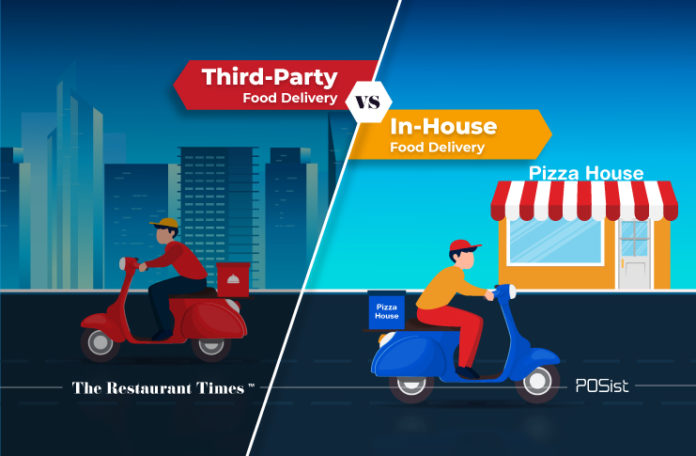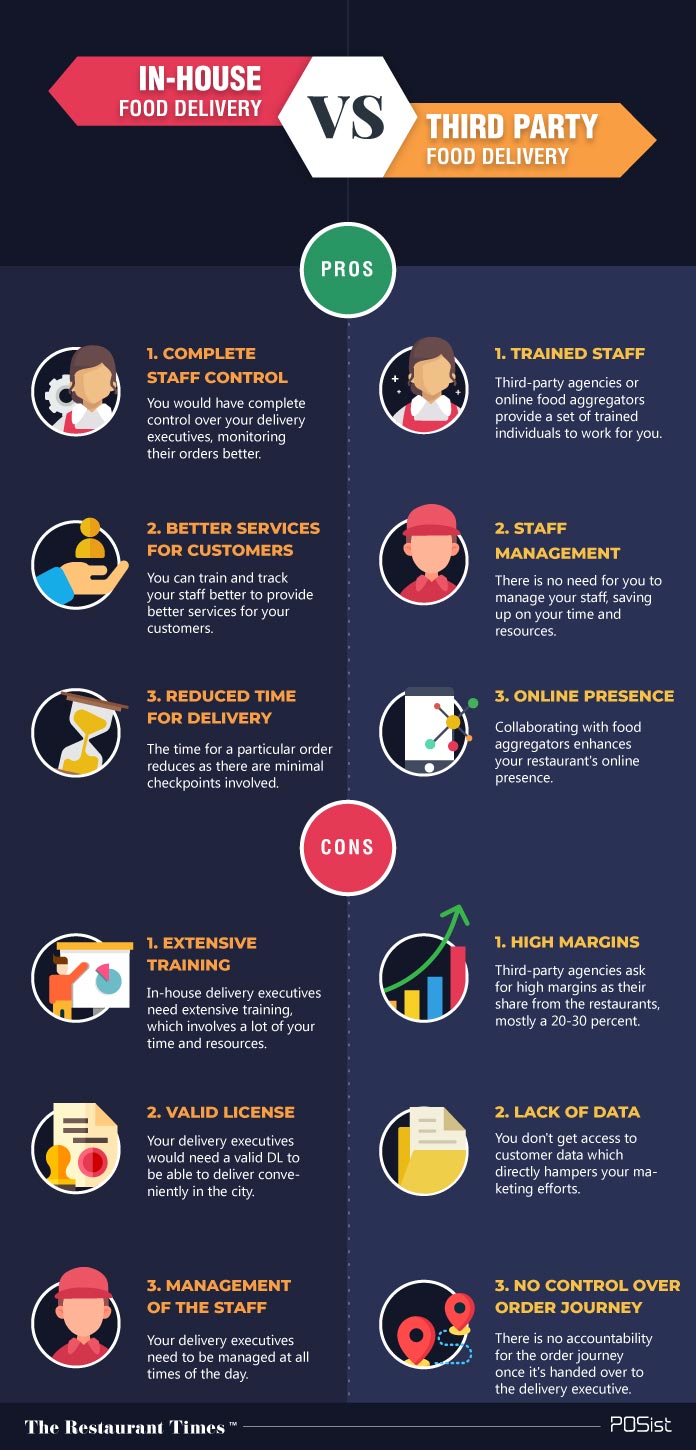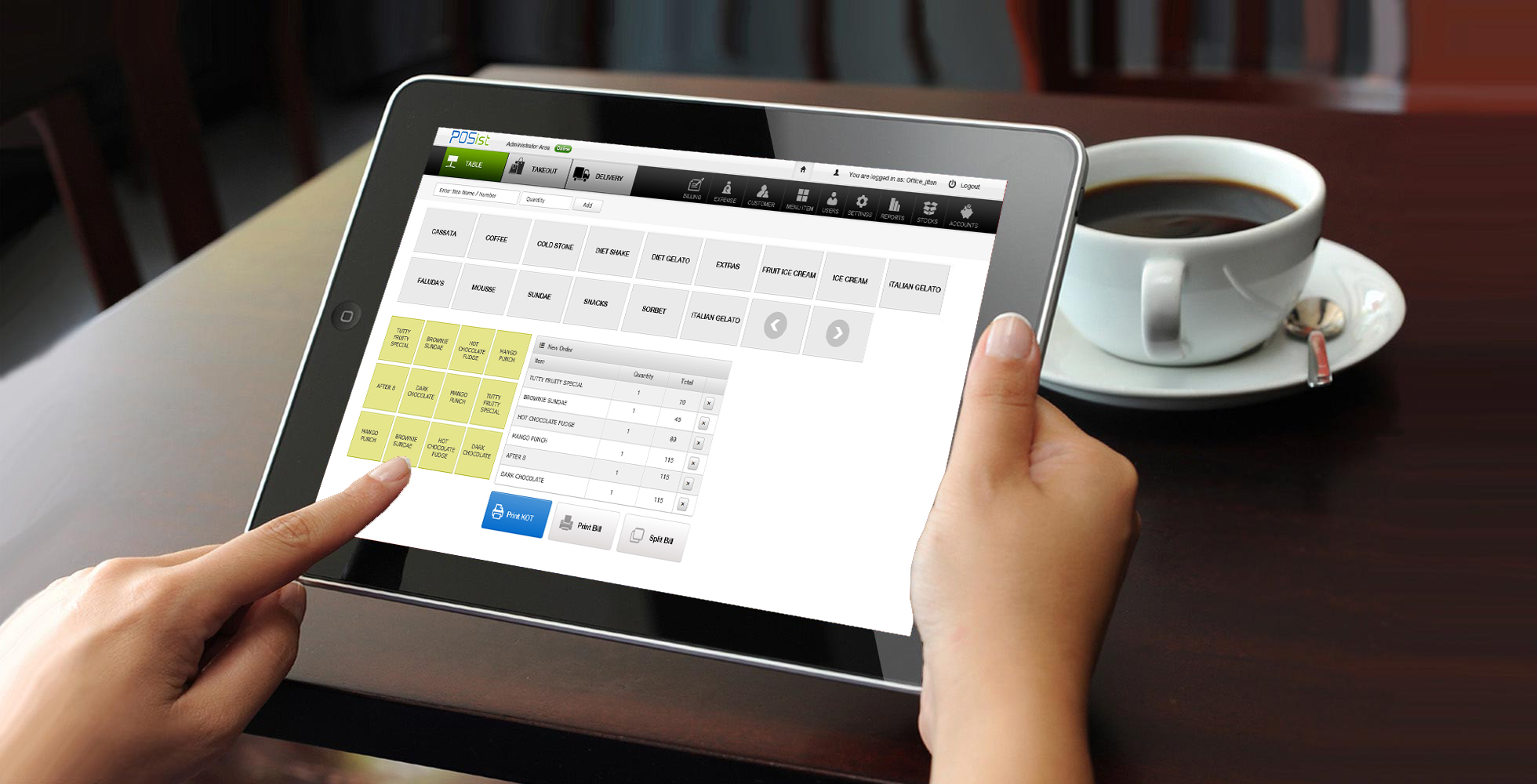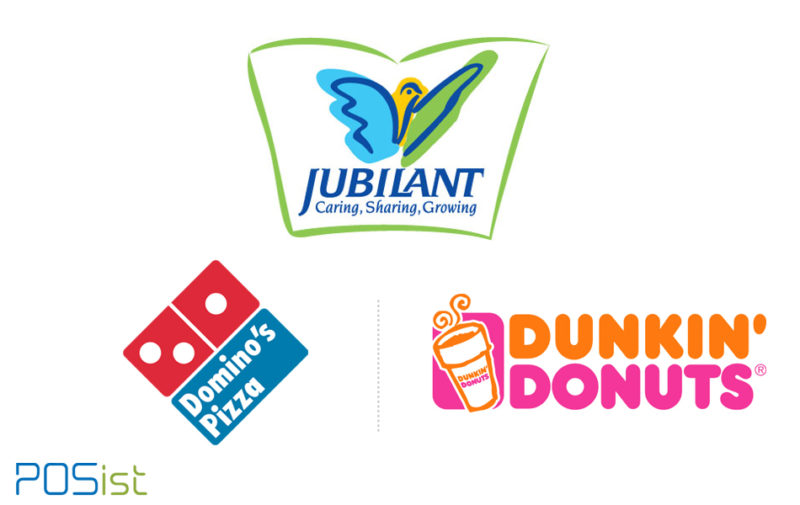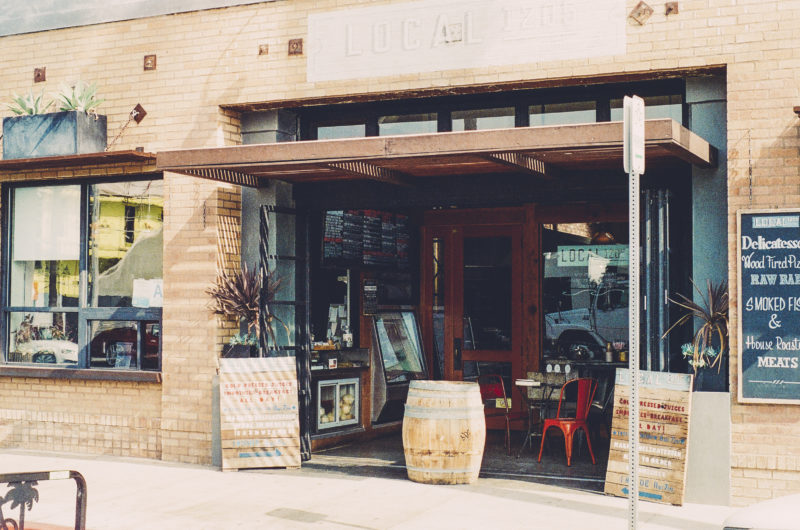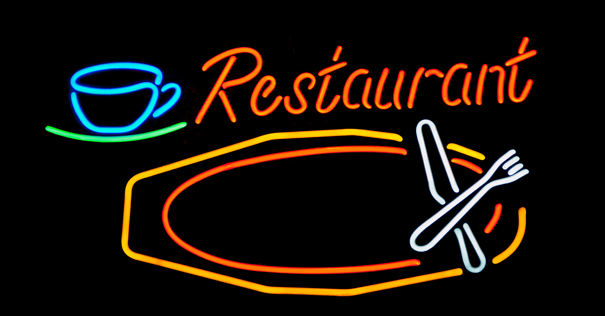Will the most loved place to eat out in 2019 be your home? If your customer is sitting at home enjoying a Netflix show and is ordering food, you have no choice but to adopt technology and prepare for the future. Food delivery is the new dine-in.
Food delivery is changing the dynamics for the F&B industry. Restaurants cannot afford to ignore the food delivery trend. Most restaurants are choosing the ready convenience of plug and play with online food aggregators because the cost of managing in-house delivery-order-taking technology and delivery staff is considerably high. The other side to the story are the restaurants that want to ‘own the end customer experience’ and hence they invest in building an in-house fleet backed by technology.
There was a time when delivery was limited to fast-food. With the evolution of packaging and delivery, almost any kind of cuisine is now ready to be delivered.
By an estimate the online food delivery market is going to be $200 Billion by 2025. (source : Forbes). The increasing demand is giving rise to new business models like the cloud kitchens and evolution of the humble POS technology that is now evolving to be the central operating system for a successful restaurant.
For the restaurateur choosing the right delivery model is a critical decision to make for business growth. To assist the restaurateur in making the right decision, the pros and cons of both in-house delivery teams and third party delivery partners are weighed below:
Weighing the Pros And Cons Of The In-house And Third Party Delivery Models
For the restaurateur the decision making fundamentally depends on 2 factors:
- Where is the demand coming from (where is the customer ordering from)?
- What is the cost of fulfilling the demand
- Cost of order-taking-technology
- Cost of hiring delivery staff
The choice of the most optimal food delivery model will have a deep impact on the restaurant’s business growth. This is purely driven by the end-customers demand.
Nitish Jha, Founder of World In a Box Gurugram, says, “Third-party delivery services are the most unreliable fleet for last-mile deliveries as there is no sense of ownership. Also, they do not care for customer delight or experience.”
The In-House Delivery Fleet – Pros & Cons
A restaurant may hire a couple of food delivery executives and train them to work at their restaurant. Hiring in-house delivery fleet will ensure that you have complete control over their services, management and activities outside the restaurant.
On the other hand, these delivery executives would also require extensive training before they could be sent to different customer’s place. There is high attrition rate because of high competition in the restaurant industry, and therefore you always need to over-hire delivery executives.
The Benefits Of Having An In-House Delivery
i) Complete Staff Control:
One of the most critical advantages that you would have while hiring an in-house delivery staff is that you have complete staff control over them. You could direct these people on everything from the way they treat your customers to the condition in which you expect your food to be delivered.
There needs to be extensive training given for the same, but once that is achieved, you can know about their whereabouts at all times of their working days. Using restaurant management software for the same would help you achieve your goals better.
ii) Better Service For Customers
Apart from complete control over your food delivery executive, you can be sure of the kind of services you want them to provide. For instance, an in house delivery executive could carry more seasonings or ketchup for your customers, which a third-party delivery executive generally won’t. Such gestures help you to retain your customers for a much longer time.
You can also use a restaurant management software to keep track of all your delivery executives. An ideal POS should be able to provide you with a detailed insight on what your delivery executives are doing, their attendance, the average time they take to deliver an order, their feedback comments and so on.
iii) Reduced Time Of Delivery
The time taken to place an order and getting it approved from a particular restaurant remains similar in the two kinds of the food-delivery fleet. The only difference occurs in the time taken for delivery. An in-house delivery executive might take lesser time to deliver your order as it is only handling requests from one particular restaurant, whereas a third-party food delivery executive could be handling orders from several restaurants at the same time.
Once the order reaches your restaurant, you can directly hand it over to your delivery executive, and save a lot of time. The time is taken for a particular delivery to be completed hence shortened, thereby increasing the number of orders you can take in the same amount of time.
The Disadvantages Of In-House Delivery
i) Staff Requires Extensive Training
Having an in-house delivery fleet would be disadvantageous in a way that most of these staff would require to undergo the right training. This is so that they can fulfil the deliveries on time while making sure that the food remains in proper condition. Making these delivery executives undergo such a training exercise would require a lot of your time and resources.
As a restaurant owner, you’d find a lot of trouble in spending such an ample amount of time for resources on these training sessions. This is why most of the restaurateurs go for an agency which has a pre-trained delivery staff. The only thing to keep in mind here is that these executives would ask for a higher salary than an untrained delivery staff.
ii) Valid Driving License Needed
Apart from extensive training, your delivery executives need to have a valid driving license. This means that you need to choose the people who have a valid permit which adds to the task of finding and hiring the right staff.
iii) Management Of Staff Required
Another major disadvantage that you’d face while working with an in-house delivery fleet is that you’d be obliged to manage these executives. This means that there needs to be extra focus on these executives and how they’re delivering the food. It is sometimes a considerable deal to look after each of your order or track each of your delivery executives, especially during peak hours.
The use of a restaurant management software helps to manage your staff better, especially your delivery executives. Keeping track of the time they take to make a special delivery, and everything that involves the process helps you achieve better sales directly.
Third-Party Delivery For Restaurants
A third party delivery fleet would constitute two types of delivery executives. You could either tie-up with online food aggregators (eg: Swiggy, Zomato, UberEats). Else, you could hire people from different agencies that would exclusively deliver for you.
The Benefits Of Third-Party Delivery
i) Trained Staff Handles Your Food
Collaborating with third party agencies or online food aggregators enables you to work with a trained set of staff. You don’t need to worry about spending time, energy or any of your resources on training your staff. These agencies provide you with well-trained staff that takes the utmost care of each of customers order.
Third-party delivery executives also have a detailed insight on how to treat the customers and get better feedback due to better training. Better feedbacks would make the customer order more from your restaurant, impacting your sales directly.
ii) No Need For Staff Management
Since running a restaurant is a massive challenge within itself, it would be a huge relief if the restaurateur does not have to manage the delivery staff as well. Collaborating with online food aggregators or third party delivery executives means that the agencies will handle the management part for you.
As a restaurateur, you don’t need to worry about making sure that your delivery executives have left on time, or would reach on time. It becomes their headache and not yours; all you need to do is prepare the food and hand it over on time.
iii) Enhances Your Online Discovery
Collaborating with an online food aggregator or a third-party food delivery fleet helps to increase your online presence, which attracts more customers for you. Since most of the consumers order from a third-party aggregator, there are better chances for you to get several orders in a limited time.
Collaborating with an online food aggregator makes sense for you, especially if you are starting with your restaurant business. Since you need to enhance your initial sales and build your brand name at this stage, incorporating with online food aggregators help you explicitly.
You could also have a tie-up with these online food aggregators to accept orders through their big customer data, and still, use your delivery executives for delivery that order. This would be your in-house delivery fleet, and you could benefit from their extensive customer data. A similar business model is adopted by Dominos, where they take orders through online food aggregators but also get them delivered through their delivery executives.
The Disadvantages Of A Third-Party Delivery
i) High Margins
One of the most significant disadvantages of working with food aggregators is the high margin that it takes from individual restaurants per order. A restaurateur would have to pay hefty amounts if delivery is included, which is a significant chunk of 20-30 per cent of each order delivered.
The high margins by third-party delivery services have led restaurateurs looking for alternatives.
ii) Lack Of Data
Dealing with third party agencies or any food aggregators would leave you with no customer data of your own. This would become important when it comes to your promotional campaigns or other marketing strategies. Lack of customer data could impact your sales in the longer run, as there would be minimal customer retention.
iii) Any Complaints Related To The Staff Goes Directly To the Restaurant
Another major drawback of using an online food aggregator platform for sending food to your customers is that any complaints regarding the food delivery go directly to the restaurant. There are a lot of times where the restaurant has nothing to do with the fault that the food delivery executive did, but still, the restaurant pays for it.
Restaurants could also lose out on their customers because of such incidents. Hiring an in-house delivery fleet would save you from such embarrassment as you have complete control over the activities of your delivery staff at all times of their working hours.
There have been many instances where the delivery executives have been accused of bringing in cold food or food that has not travelled well. This could be a delay from the delivery executives’ end, as they might not be handling the food right or taking too long to deliver the food, which is why it turned cold. Such unpleasant situations bring down the restaurant’s brand.
iv) No Accountability For Order Journey
Another major disadvantage that many restaurants face with third party delivery is the non-accountability of the order journey. Once the order is picked up by the delivery executive, restaurants do not know the delivery details. “We have no means to track when exactly the order was delivered, in what state was it delivered and with what ease was the order delivery coordinated with the customer. All these factors constitute a major impression on the customer’s mind. It is a challenging task for the customer to acknowledge the accountability shift when it comes to the delivery through agencies,” said Satvik Ahuja, Co-Founder, NutrioBox which operates in Delhi and Gurugram.
In-house Or Third Party Food Delivery – Technology Is The Backbone To Enable And Manage Both
In both kinds of food delivery models, the important fundamental is technology. It is critical to have access to a smart POS that enables the restaurant to manage food delivery. Smart POS systems allow ready integrations with third party online food delivery aggregators. They also allow restaurants to operate their own web / mobile ordering interface.
Talk to our experts today to make a well informed choice on what delivery model will be more suitable for your restaurant.


